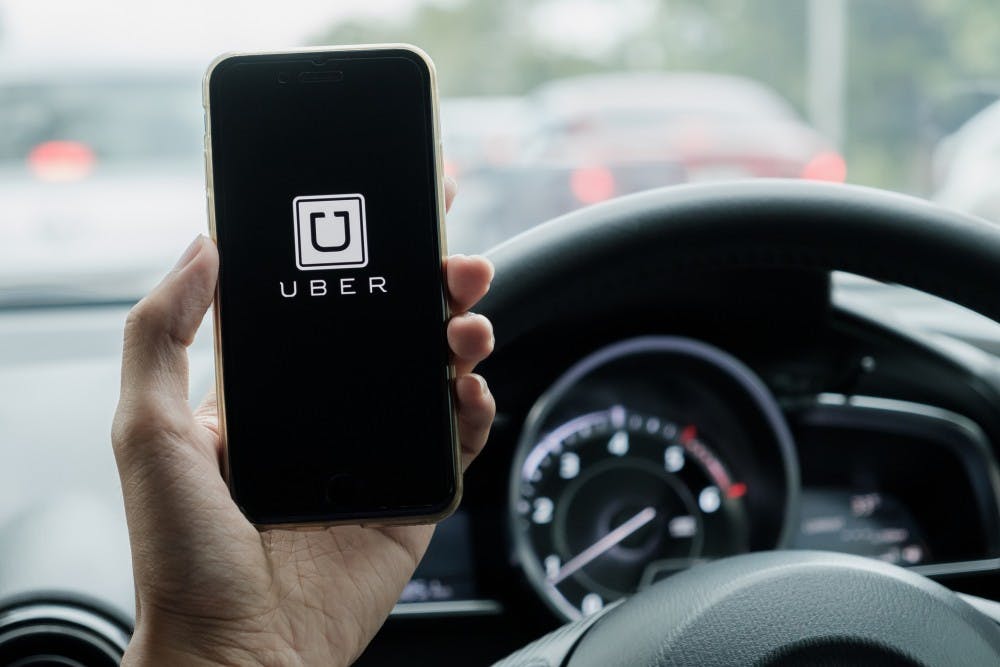Go to Google and type in ‘S&P 500.’ Under the stock price, click on ‘Max’ and observe the shape of the graph.
It’s one long, gradual rise which suddenly turns into two tall humps before accelerating into an even taller, rougher hump. That’s the stock market you’re hearing about on the news every day.
The declining half of each hump is the burst of an economic bubble. The first was the ‘dot com’ bubble that bankrupted Pets.com and eToys.com and forced hundreds of companies into emergency acquisitions only to shut down a year later. The second was the 2008 recession that nearly destroyed Merrill Lynch, Bear Stearns, AIG, and General Motors and successfully bankrupted Lehman Brothers and a hundred anonymous Wall Street firms.
After the 2008 trench bottoms out, the S&P rockets upward faster and longer than ever before until today. We have been in the current bull market for 10 years, and recession talk is beginning to circulate. Wall Street is beginning to wonder whether the last decade has been reflective of fundamental market growth or if speculation has gotten away from them once again.
I believe it’s the latter. The economy will get squeezed when the recession hits, but none will be in a deeper hole than the tech industry. And the tech industry is where many of our favorite goods and services come from. Uber, Lyft, Tesla, Pinterest and AirBnB, to name a few, are money-losing companies that have entered the public markets in the last couple years.
There are countless more. 80% of Initial Public Offerings in 2018 were unprofitable. Four in five newly public companies have never made money, and yet their stocks buy and sell for hundreds of dollars apiece. The last time 80% or more of IPOs were unprofitable we were sitting at the precipice of the tech bubble.
The company pipeline isn’t functioning logically anymore. Speculation has run wild in recent years, and a lot of money and value has been pulled out of thin air. Here’s how it looks.
Some of your favorite companies are kept on life support by juggernaut investors.
For example, Uber’s annual billion-dollar losses are eaten by the $100 billion Softbank Vision Fund. The concept is codified. There exists a concept in Silicon Valley called ‘blitzscaling,’ pioneered by the founder of Softbank, Masayoshi Son. The idea is to drown a fledgling company in institutional money and turbocharge growth in hopes of finding a corner to the market and monopolizing the business.
Income is not a concern. Revenue, expenses, cash flows – all the traditional metrics of stability and success go out the window. Only one thing matters: growth, at all costs.
If regulation moves faster than the company does, it’s over. If competitors move faster, it’s over. Blitzscaling is a high-stakes betting game on the right horse. And the more billion-dollar bets placed on one horse, the more investors’ risk appetites sour.
The best way to shore up risk or reduce exposure is to pass the company off. Venture Capitalists’ method of choice is to slap a good story on it and hand it off to Wall Street for a preposterous valuation. IPOs exist to cash out early and private investors – they can wash their hands of it. It's as simple as a game of hot potato.
Speculation is part and parcel to the boom-and-bust cycles of the world economy. It is up to investors to be disciplined and rational about it. Companies like Uber, AirBnB and DoorDash do provide true value, but they have thus far been run like get-rich-quick schemes. I am a big fan of Uber, but irresponsibility may catch up with them.






